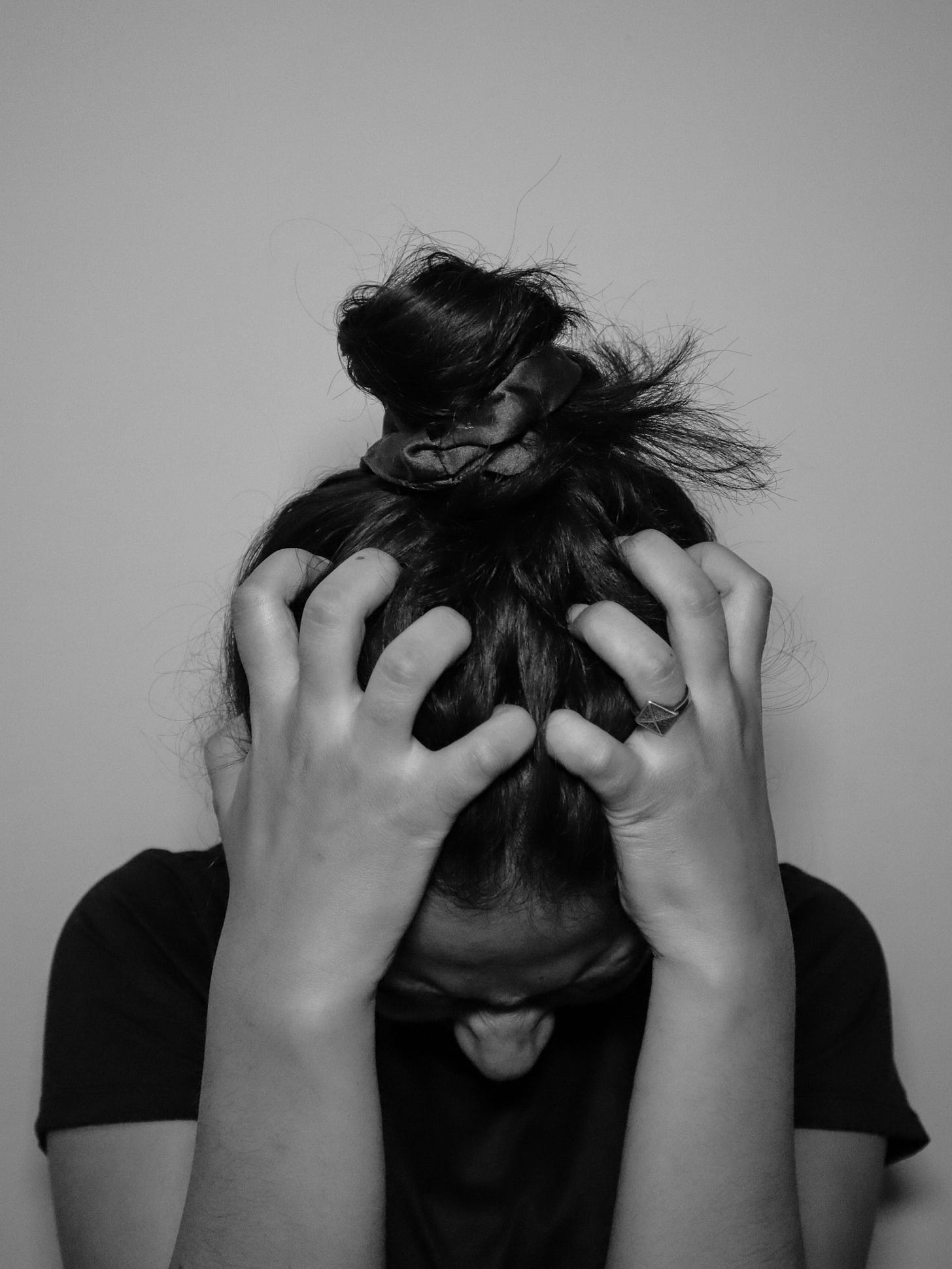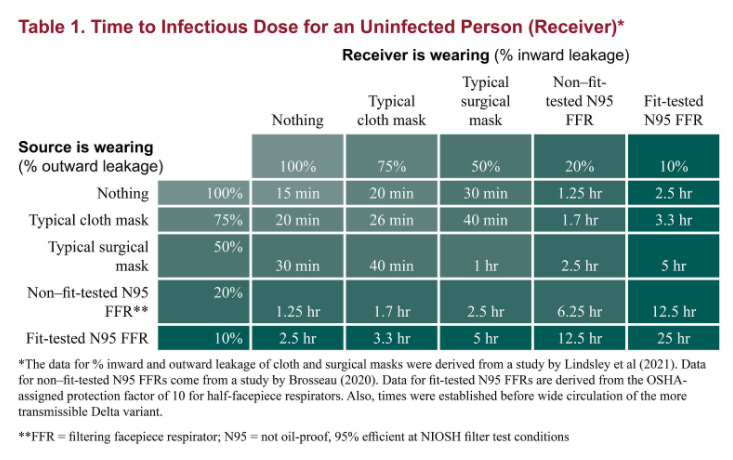The Agony of Being a Parent Right Now
Back to school, back to work, in the midst of a raging pandemic. How?
This is the free edition of Is My Kid the Asshole?, a newsletter from science journalist, professional speaker and author Melinda Wenner Moyer, which you can read more about here. If you like it, please subscribe and/or share this post with someone else who would too.
Hi everyone. I’m just going to cut to the chase: This week is a doozy. If you’re anything like me, you’re losing your mind with the unfairness of the choices we’re having to make right now, and the lack of information and protection we’re being given to keep our families safe. My two kids started school again yesterday, and it feels like I’m sending them into a war zone. It’s excruciating. I actually didn’t realize how anxious I was until I discovered this morning that, for the first time in years, I’ve bitten my nails down to the quick. And don’t get me started on my dreams.
I’m having an especially hard time with the cognitive dissonance of this wave. As one friend put it: We’re being expected to transition seamlessly from "Let’s avoid getting Covid at all costs" to "Now we're vaccinated and Omicron is milder so we're all just gonna get it and it'll be fine." That is not an easy emotional or cognitive transition to make (and may not even be a transition we should make); it’s like we’re being expected to throw away everything we’ve internalized over the past two years, and wake up with a magically different worldview. Yes, things have changed. But we don’t know everything when it comes to Omicron, either.

But if this is hard for us, it’s even harder for our kids. This is the other thing that’s putting me on edge: My kids are a hot mess right now. Meltdowns and crying galore. They can’t make sense of our collective decisions, and they’re unnerved by our collective anxiety. My children know that Covid rates are high where we live and that Omicron is extremely contagious, and yet they also know they are being sent to school to convene with dozens of other kids all day, without any more protective measures than they had before. Why is that OK? How is that safe? They don’t know how to process that disconnect, either.
My son came home from school yesterday saying he’s extremely worried about the handful of students on the bus who don’t wear their masks (even though, bless him, he does ask them to put them on). My daughter came home from school and immediately burst into tears, clearly shaken by her teacher’s anxiety, which, by her account, was communicated through concerned warnings and references to how high Covid rates were at school. The kids are picking up on our parental angst, too. They’ve been thrown into a pandemic of frenzied anxiety, on top of the viral pandemic that’s totally confusing and scary.
And then there’s all the other stuff. Friends and loved ones are coming down with Omicron in droves. There are no tests available. The tests we do (sometimes) have, we’re told, aren’t as effective with Omicron as we’d like them to be. We don’t know whether Omicron will, despite being perhaps more mild, still cause long Covid. (I spent yesterday and today researching that question; more soon.) We’re scared of our kids being in school, but also terrified of what will happen if they go remote. There’s just All. The. Things.
I wish I had answers and solutions for you. I wish I could say: Don’t worry, it’s all going to be OK! I can’t do that, because I know everyone’s situation and risk factors are different, and again, there’s still so much we don’t know. But I will share one reassuring thing: I spoke over the phone today with the head of infection control at a major hospital network in South Africa, who told me that in her experience, Omicron is much, much milder than the previous variants. It’s “completely different,” she said. “The symptoms are so mild. And most of the people are not symptomatic.”
Here are a few tips and links to help you with your impossible week.
If your kids are acting out, it’s probably anxiety. They can sense our panic, and they may also be struggling with the transition back to school. This newsletter I wrote last year on how to support anxious kids may help. If your kids are acting like inflexible tyrants, read this. And if your kids are older (tweens/teens) and not doing well, this newsletter’s suggestions might help.
If you’re really struggling, reach out to friends for social support. Take outdoor walks with them if you can. Write down your feelings and stresses — research suggests journaling can really, truly help.
If you can’t find rapid tests where you live, you can order them online if you’re in the U.S. Here’s a link to purchase trustworthy tests that cost $6.99 each plus shipping. The downside: They take about a week to arrive. (You can also order them on Amazon.)
If you want to make your rapid tests more accurate, consider swabbing your throat (like you’d do for a strep test) as well as your nose. Here’s why. A number of countries have been doing throat swabs with rapid tests for over a year, and they are more sensitive that way.
Invest in better masks — ideally N95s, KN95s or KN94s, but surgical masks at least. Below is a chart based on a study that shows you just how much better N95s protect people. It found that if two people are wearing cloth masks, it takes 26 minutes for one person to receive an infectious dose of Covid-19 from the other person. If both are wearing N95s that haven’t been properly fit-tested (which is the case if you just buy them and put them on), it takes 6.25 hours for a person to become infected. (Surgical masks protect for one hour.) Now, this study was conducted before Delta and Omicron emerged, and I suspect exposures happen faster with them, but still — a huge improvement. Here’s a link to where you can buy trustworthy N95s.
Deep breaths, folks. Know that you’re not alone in feeling confused, afraid and stressed. Sending virus-free hugs.






Kids are definitely picking up on adult anxiety. Adult anxiety regarding the pandemic is legitimate in the sense that (1) we are conditioning ourselves to expect zero-risk (or near-zero-risk) lives (which is not realistic) and (2) the if-it-bleeds-it-leads media trope is at a whole new level with social media and fragmented media generally (media constantly flog the worst news in order to attract eyeballs) — thus exacerbating (1).
When kids see, or even sense, adults freaking out, kids’ anxiety will probably be even worse.
My recommendation? Unplug from the Internet for extended periods of time (like — gasp! — for a whole day at least once a week). Get out of the house and engage the mind and body in meaningful activities (spending time with grandparents, working in a garden, walking in the woods).
The pandemic is bad. But it’s not as bad as many people treat it. Get vaccinated. Avoid packed crowds if possible. And reassure kids that they are likely safe.
This essay totally nailed it. I have one kid home from a COVID exposure and one kid at school so I am having a spectrum of feelings.